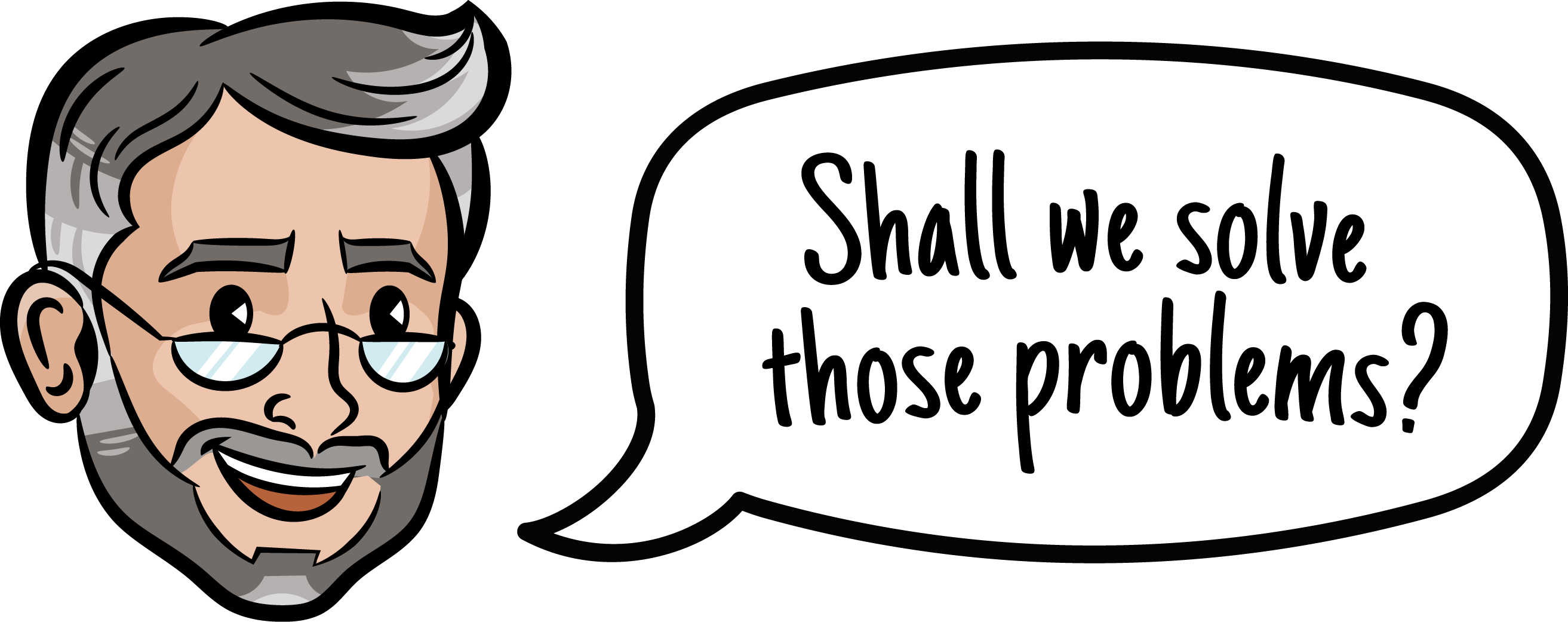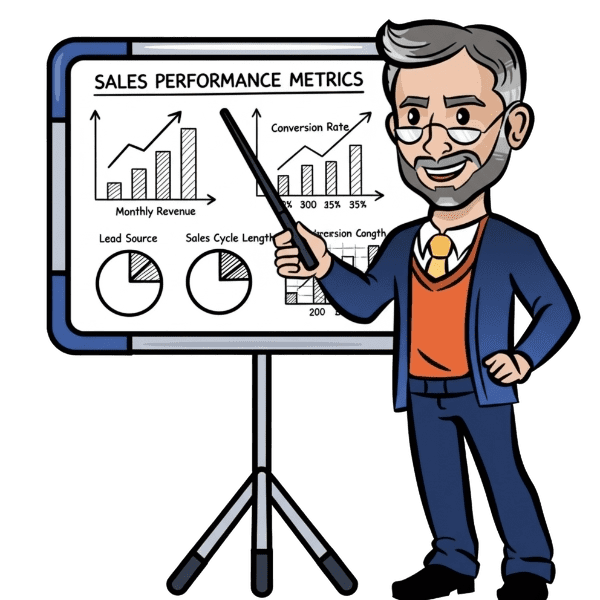
Definition: Sales cadence refers to a structured sequence of touchpoints that professionals use to interact with prospects over time. It includes a mix of emails, phone calls, social media interactions, and other methods to guide leads through the sales funnel.
Example in a Sentence: The sales team improved their conversion rates by applying a structured sales cadence with scheduled follow-ups across various channels.
Why is Sales Cadence Important?
1. Consistency in Outreach
A defined cadence makes sure that prospects receive timely and structured follow-ups, increasing the chances of engagement.
2. Improved Response Rates
Reaching out through different channels at regular intervals helps capture the prospect’s attention and encourages responses.
3. Better Lead Management
A sales cadence prevents leads from slipping through the cracks by maintaining an organized approach to follow-ups.
4. Data-Driven Optimization
Tracking the effectiveness of each step in the cadence helps improve strategies for better results.
How to Develop an Effective Sales Cadence
1. Define Your Ideal Customer Profile (ICP)
Understand who your prospects are and what communication methods they prefer.
2. Choose the Right Channels
Determine the best mix of emails, calls, social media, and other touchpoints.
3. Set the Timing and Frequency
Communicate strategically to avoid overwhelming or losing the prospect’s interest.
4. Personalize Messaging
Streamline communication based on the prospect’s needs, and past interactions.
5. Measure and Optimize
Track responses and adjust the cadence using engagement data and conversion rates.
More Definitions: KPI Definition, ROI Definition, Upselling Definition.
Useful Posts: The Most Common Beginner Sales & Marketing Error, How to Ask for the Sale: 3 Simple Closing Techniques, and Defining Your Bank Marketing Strategy













